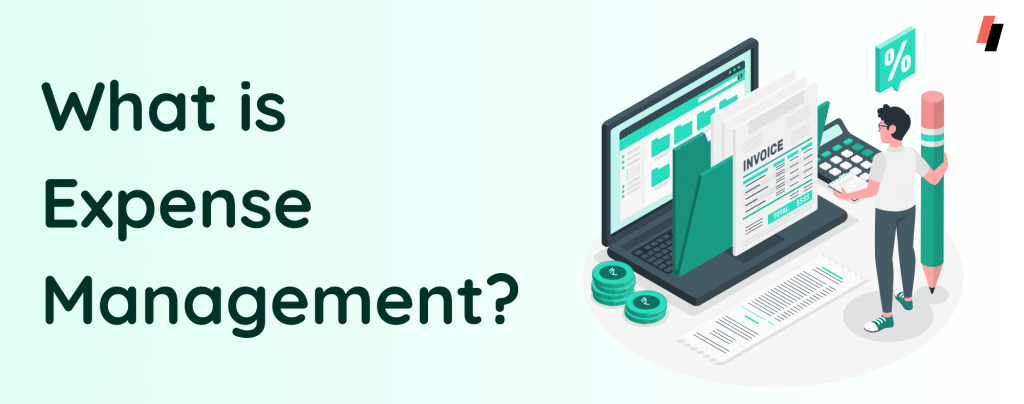In today’s fast-paced business environment, managing expenses efficiently is crucial for maintaining financial health and operational effectiveness. Traditional methods of handling expenses—filled with paper receipts, manual data entry, and cumbersome spreadsheets—are not only time-consuming but also prone to errors and inefficiencies. This is where expense management automation comes into play. In this blog post, we’ll delve into what expense management automation is and why going paperless is a smart move for any business.

Understanding Expense Management Automation
Expense management automation refers to the use of technology and specialized software to streamline and optimize the process of tracking, submitting, and approving business expenses. Unlike manual methods, this automated approach leverages digital tools to handle various aspects of expense management with minimal human intervention. Here are the key components:
- Digital Receipt Capture: Employees can use their smartphones to capture and upload receipts. Advanced Optical Character Recognition (OCR) technology automatically extracts relevant information from these receipts, eliminating the need for manual data entry.
- Automated Expense Reporting: The software automatically generates detailed expense reports based on the captured receipts and transaction data, significantly reducing the administrative burden on employees.
- Policy Compliance Checks: Automated systems can enforce company policies by flagging non-compliant expenses, ensuring that all expenditures adhere to predefined guidelines.
- Integration with Financial Systems: These solutions seamlessly integrate with accounting software, Enterprise Resource Planning (ERP) systems, and corporate credit card programs, facilitating a smooth flow of data and reducing discrepancies.
- Real-time Analytics and Reporting: Businesses gain access to real-time insights and analytics on spending patterns, enabling more informed financial decisions.
The Benefits of Going Paperless
Now that we understand what expense management automation entails, let’s explore why going paperless is beneficial for businesses.
1. Increased Efficiency
Automating expense management processes saves significant time and effort for employees. Digital receipt capture and automated reporting streamline tasks that previously took hours or even days, allowing staff to focus on more strategic activities.
2. Cost Savings
Reducing the reliance on paper eliminates costs associated with printing, storing, and retrieving physical documents. Furthermore, automation reduces the likelihood of costly errors and fraudulent claims, leading to substantial financial savings.
3. Improved Accuracy
Manual data entry is prone to mistakes. Automated systems, equipped with OCR and other digital tools, ensure that data is captured accurately and consistently, reducing errors and enhancing the reliability of financial records.
4. Enhanced Compliance
Automated expense management solutions can enforce policy compliance by flagging non-compliant expenses in real-time. This not only ensures adherence to company policies but also helps meet regulatory requirements, reducing the risk of fines and penalties.
5. Real-time Access
Going paperless provides businesses with real-time access to expense data, facilitating quicker and more informed decision-making. Managers can monitor expenses as they occur, allowing for better budget control and financial planning.
6. Environmentally Friendly
Reducing paper usage aligns with corporate sustainability goals. Going paperless decreases the environmental impact associated with paper production and waste, contributing to a greener planet.
7. Better Data Security
Digital storage solutions offer enhanced security features compared to physical paper storage. With encryption and access controls, sensitive financial information is better protected from unauthorized access and breaches.
8. Scalability
As businesses grow, so do their expense management needs. Automated systems can easily scale to handle increasing volumes of transactions without a corresponding increase in administrative workload, ensuring that the expense management process remains efficient and effective.
Conclusion
Adopting expense management automation and going paperless is not just a trend; it is a strategic move that offers significant advantages in terms of efficiency, cost savings, accuracy, compliance, and environmental impact. By leveraging modern technology, businesses can streamline their expense management processes, leading to improved financial control and strategic decision-making. Embrace expense management automation today and take a significant step towards a more efficient and sustainable future.

